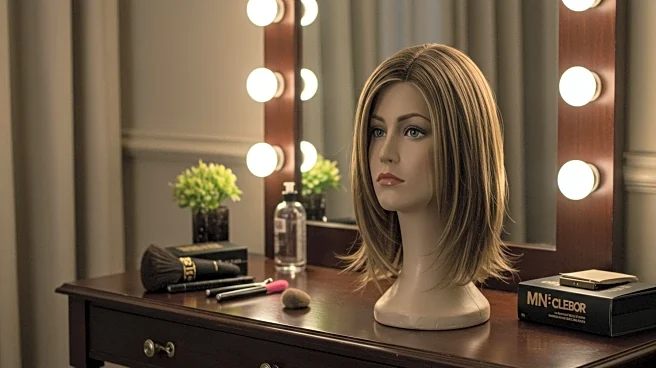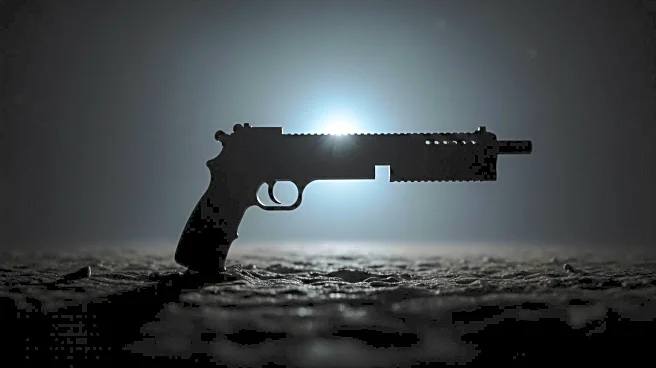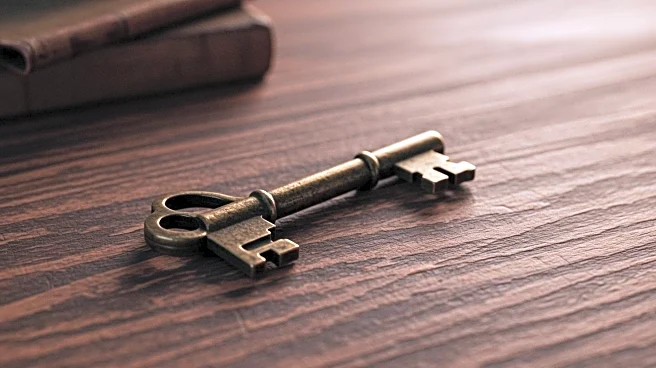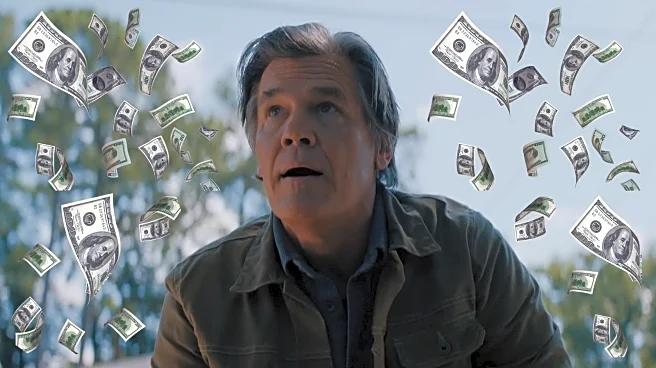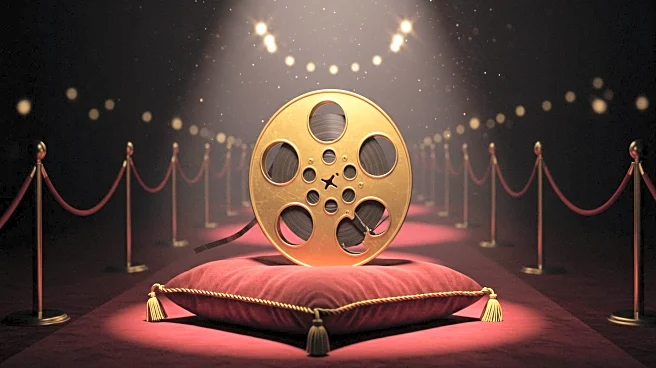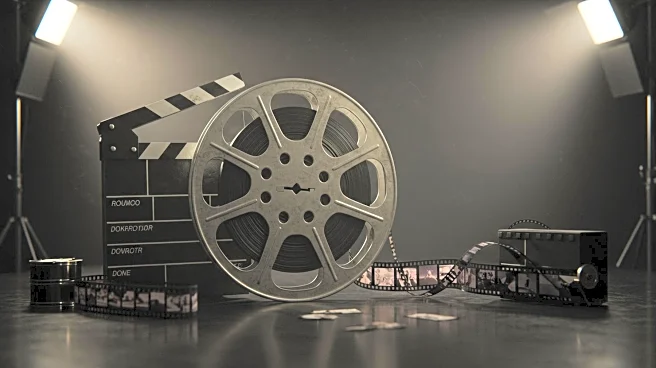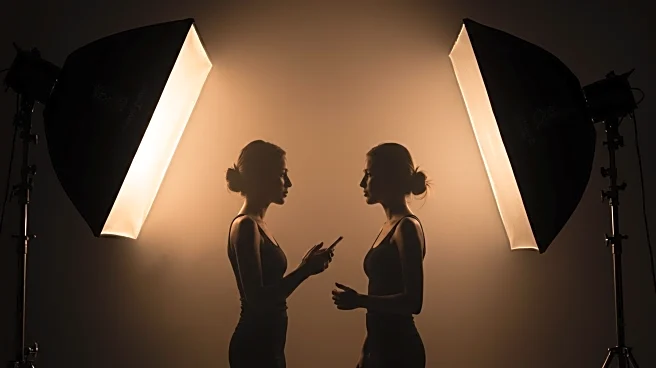What's Happening?
Jennifer Aniston revealed her determination to wear a brunette wig in the 2011 film 'Horrible Bosses,' despite opposition from Warner Bros. executives who preferred her iconic blonde hair. Aniston, who played Dr. Julia Harris in the film, argued that the wig was essential for her character's distinct look, stating, 'I wanted [my character] to look different.' The studio's concern was that the wig might not resemble Aniston's usual appearance, to which she responded, 'That's kind of the point!' Her persistence paid off, allowing her to portray a character that diverged from her typical 'girl next door' roles. Aniston's performance in 'Horrible Bosses' and its sequel in 2014 marked a significant shift in her career, showcasing her versatility as an actress.
Why It's Important?
Aniston's insistence on altering her appearance for 'Horrible Bosses' highlights the broader issue of creative control in Hollywood, where actors often face pressure to conform to established images. Her successful negotiation underscores the importance of artistic expression and the ability to challenge typecasting. This move not only allowed Aniston to expand her acting repertoire but also set a precedent for other actors seeking to break free from stereotypical roles. The film's success and Aniston's performance contributed to her evolving career, demonstrating the impact of creative decisions on an actor's trajectory and the industry's acceptance of diverse character portrayals.
What's Next?
Aniston's experience may encourage other actors to advocate for creative choices that enhance their roles, potentially leading to more diverse and unconventional character portrayals in Hollywood. As the industry continues to evolve, actors and filmmakers might increasingly prioritize artistic integrity over commercial expectations. This shift could result in a broader range of narratives and character developments, enriching the cinematic landscape and offering audiences fresh perspectives.
Beyond the Headlines
Aniston's battle over the wig also reflects the ongoing dialogue about gender dynamics in Hollywood, where female actors often face scrutiny over their appearance. Her successful advocacy for her character's look challenges traditional norms and empowers women in the industry to assert their creative vision. This incident may inspire discussions about the importance of authenticity and individuality in film, encouraging a cultural shift towards valuing diverse representations.
